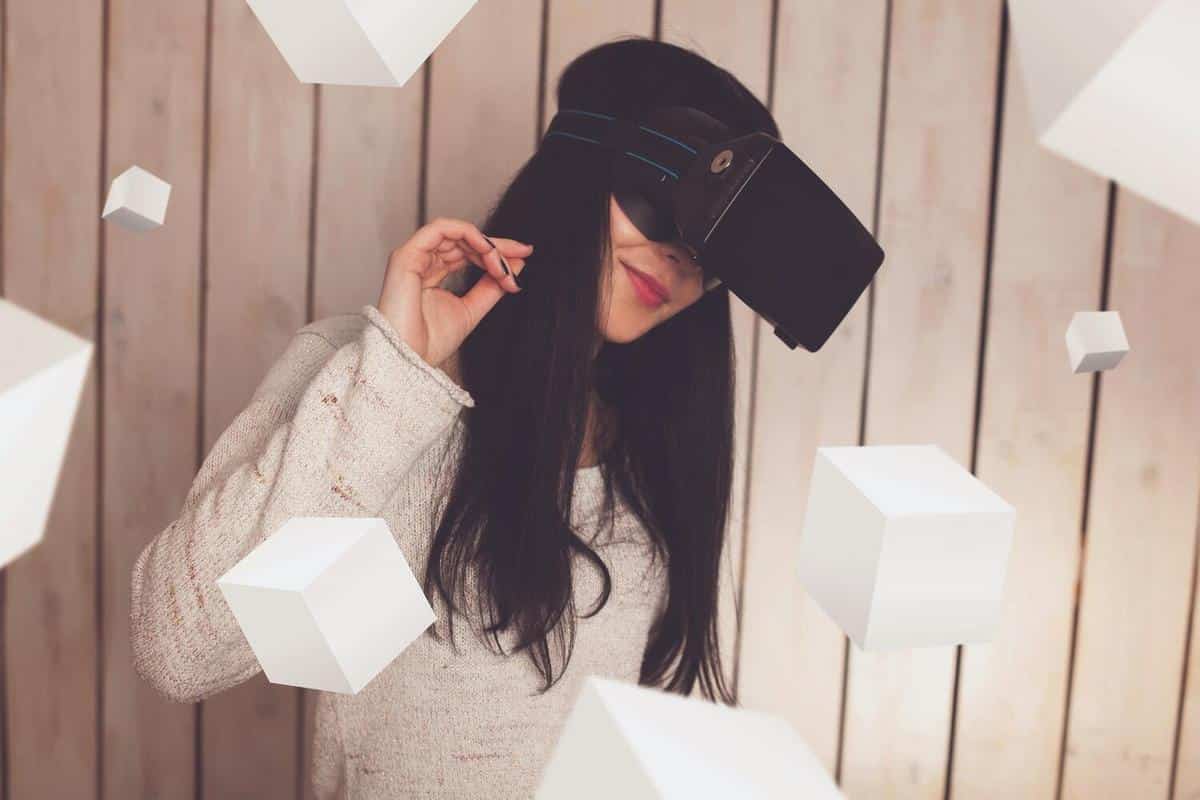
Fashion Meets AI: How Artificial Intelligence is Shaping Style
As technology continues to weave its influence into every aspect of our lives, the fashion industry is no exception. The fusion of fashion and artificial intelligence (AI) is crafting new pathways in style innovation and consumer engagement.
Artificial Intelligence is reshaping how fashion brands operate, from design to retail. With AI-driven tools, designers are now able to predict trends and create collections that resonate with consumer preferences. According to a report by McKinsey & Company, AI could add $150 billion in value to the fashion industry by 2030. This integration of AI into fashion is not just about efficiency; it’s about creativity and enhancing the customer experience.
AI in Fashion Design
AI algorithms analyze vast amounts of data from social media, fashion shows, and retail patterns to forecast trends. This allows designers to stay ahead of the curve, creating pieces that customers are more likely to desire. Fashion tech expert, Dr. Amanda Park, noted that “AI acts as a creative collaborator, offering insights that might not be immediately obvious to human designers.” Additionally, AI can customize designs based on individual customer preferences, leading to a more personalized shopping experience.
Enhanced Retail Experience
In retail, AI is revolutionizing the shopping experience through virtual try-ons and smart mirrors that suggest styling options. Retailers are also using AI chatbots to provide personalized customer service, answering questions and offering recommendations. A study by Retail Dive found that retailers implementing AI technology saw a 30% increase in customer satisfaction.
Personal Anecdote
I recall a recent shopping trip where a smart mirror in a store helped me choose accessories that perfectly complemented a dress, making the experience not only convenient but also enjoyable.
AI and Sustainable Fashion
AI is playing a pivotal role in promoting sustainable fashion. By optimizing supply chains and reducing waste, AI helps brands become more eco-friendly. For instance, AI can predict demand more accurately, leading to less overproduction and waste.
Actionable Tips for Embracing AI in Fashion
- Stay informed about AI advancements in fashion by following tech and fashion news outlets.
- Experiment with AI tools available for designers and retailers to understand their capabilities.
- Consider collaborating with tech companies to integrate AI solutions into your business model.
For fashion brands, investing in AI technology can significantly enhance customer engagement and operational efficiency.
Comparison Table: AI Applications in Fashion
| AI Application | Function | Benefit |
|---|---|---|
| Trend Forecasting | Analyzes data to predict fashion trends | Stay ahead of consumer demands |
| Virtual Try-Ons | Simulate clothing fit and style in a virtual environment | Enhance online shopping experience |
| Smart Mirrors | Provide styling suggestions in-store | Increase customer satisfaction |
| AI Chatbots | Offer personalized customer service | Improve customer support |
| Sustainability Optimization | Optimize supply chains to reduce waste | Promote eco-friendly practices |
| Custom Designs | Create personalized fashion items | Meet individual customer preferences |
| Inventory Management | Predict demand to manage stock levels | Reduce overproduction |
| Marketing Insights | Analyze consumer behavior data | Target more effective marketing campaigns |
Frequently Asked Questions
How is AI used in fashion design?
AI predicts trends and aids in creating personalized designs based on consumer preferences.
Can AI improve the retail shopping experience?
Yes, AI enhances the retail experience through virtual try-ons, smart mirrors, and personalized chatbot services.
Is AI promoting sustainable fashion?
AI helps optimize supply chains and reduce waste, contributing to more sustainable fashion practices.
In summary, AI is a powerful tool that is transforming the fashion industry. From design to sustainability, AI offers numerous benefits that can lead to innovation and growth. As technology evolves, the collaboration between fashion and AI is set to become even more integral, promising a future where style meets intelligence in remarkable ways.


